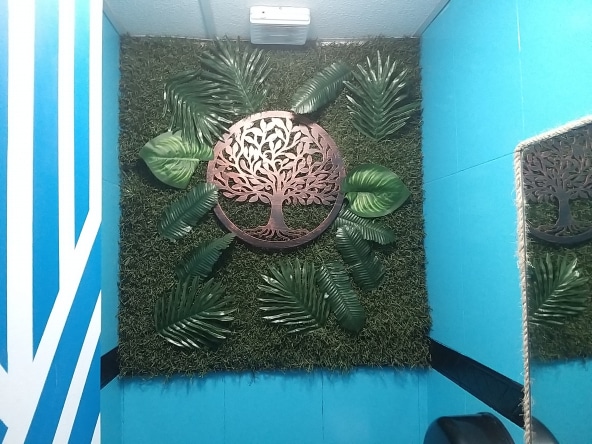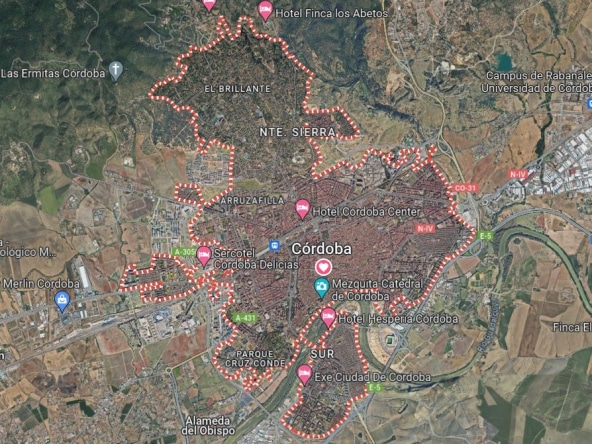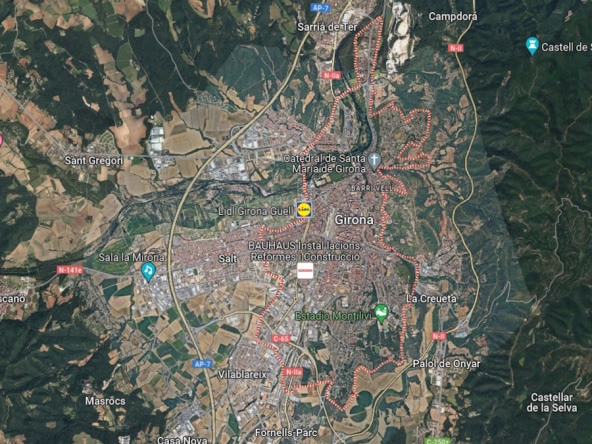One of the symbols of Roman Tarragona, the Arch of Bara It is located on the old Via Augusta, about 20 kilometers northeast of the city, on the edge of the geographical unit currently known as Camp de Tarragona. With a long historiography, the first mention is by Mariangelo Accursio (1525), the monument has been the subject of various restorations (1786, 1840, 1936) which, together with the passage of time, have contributed to significantly changing its image. It is one of the great tourist attractions of the Costa Dorada.
It has traditionally been dated to the beginning of the 2nd century AD. C., basically from the reading of the inscription, currently partially preserved on the architrave on one of its sides, in which Lucius Licinius Sura, the influential senator and three times consul, has been identified as its builder. , ex testament.
It is an arch with a single span, built on a high podium, with a central body structured by four Corinthian lesenas on each of the facades; simple lesenas next to the arch and angled at the ends. The lesenas rest on a kind of continuous plinth, which separates the central body from the podium, and support an entablature formed by a molded architrave, a frieze - on which the inscription was originally located - and a denticulated cornice.
Both the cornice and the attic that, without a doubt, crowned the monument have disappeared. The old image of the arch was different from the current one since, on the one hand, it presented the aforementioned attic, probably with statues, and, on the other hand, the base level was about 0,90 meters lower than what we can now see.
The dimensions of the building can be reconstructed at 14,65 m in height, 11,84 m for the façade and 3 m for the shorter sides. A recent study has allowed us to date, thanks to its architectural analysis, its construction to the end of the 7st century BC. C., a moment to which, due to its paleographic characteristics, the inscription also corresponds.
This was slightly longer than had been thought and completed another main epigraph, lost, which must have been placed in the attic, probably indicating to whom the monument was dedicated. The new chronology attributed to the epigraph (CIL II, 4282 =RIT 930) of the arch of Bará, allows us to determine that it was built by testamentary disposition of a Lucius Licinius Sura, belonging to the Sergia tribe, who died in the last quarter of the XNUMXst century BC. . C. This character, homonymous ancestor of the senator of Trajan's time, can be identified, at the level of hypothesis, with a praefectus of Lepida/Celsa (Velilla de Ebro), perhaps emigrated to Tarraco at the beginning of the principality of Augustus.



